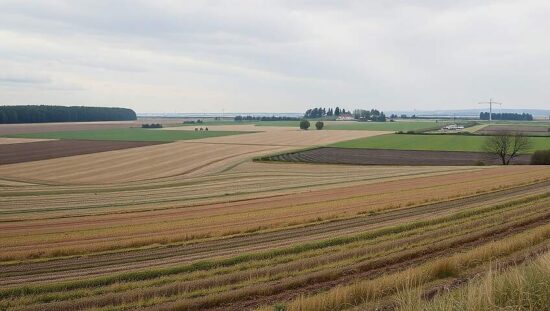The European Commission has formally lifted the last remaining Zone II restriction area for African Swine Fever (ASF) in Saxony, marking a significant, albeit partial, victory in the region’s battle against the devastating animal disease. Five years after the first confirmed case of ASF impacted the state, Saxony is now free of the most stringent containment measures, according to a statement released by the Saxon Ministry of Social Affairs on Thursday.
While the lifting of Zone II represents progress, the situation remains complex. Two Zone I restriction areas persist, located around the last active ASF case within the Bautzen district and along the Polish border in Görlitz. Critically, the reduction of Zone I areas from 1,487 square kilometers to 1,056 square kilometers indicates ongoing risks and necessitates continued vigilance.
The lingering presence of these Zone I areas, alongside a designated protection corridor running parallel to the Polish frontier, highlights the challenges of eradicating the disease, particularly given the porous nature of the border and the potential for cross-border transmission. Stringent surveillance protocols, including mandatory testing of culled or deceased wild boars, remain in effect within these areas.
Saxon Minister for Social Affairs, Petra Köpping (SPD), lauded the lifting of Zone II as “a further great success” while simultaneously stressing the need for intensified monitoring across Saxony. The continued reliance on hunters to conduct active carcass searches and the ongoing dismantling of wild boar fencing underscore the incomplete nature of the response.
Political analysts suggest the government’s initial, albeit ultimately successful, containment strategy faced criticism for its initial severity, impacting agricultural practices and creating economic strain. The ongoing presence of Zone I areas suggests a continued balancing act, demanding robust biosecurity measures while minimizing disruption to local communities and the agricultural sector. The situation further underscores the geopolitical dimension of ASF, demanding increased collaboration and investment in border security and disease prevention initiatives with neighboring Poland to effectively mitigate the long-term threat.





